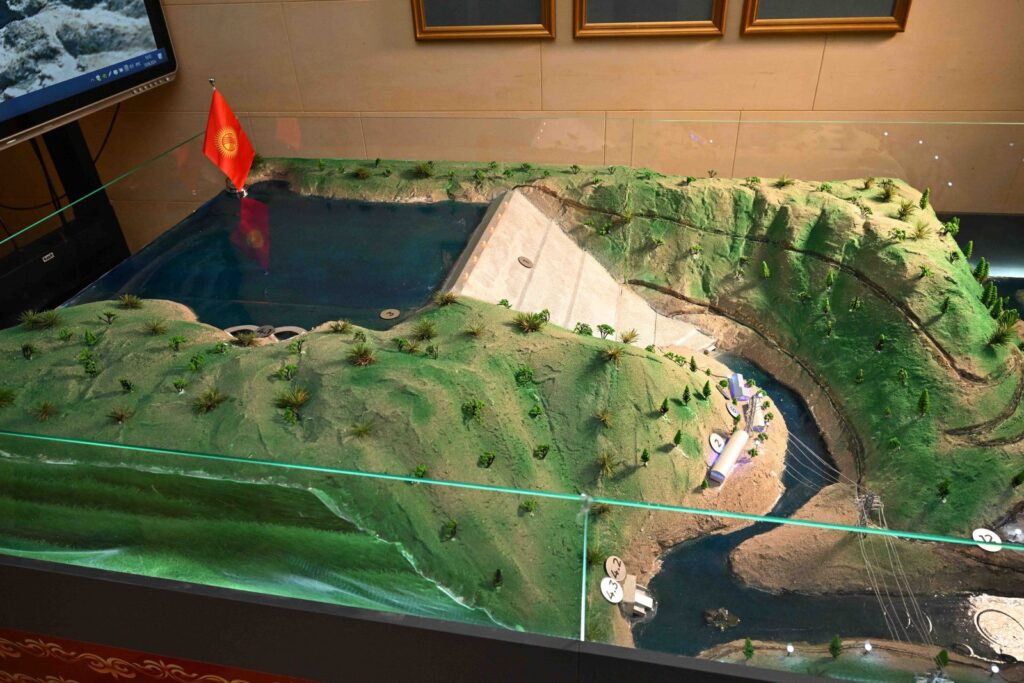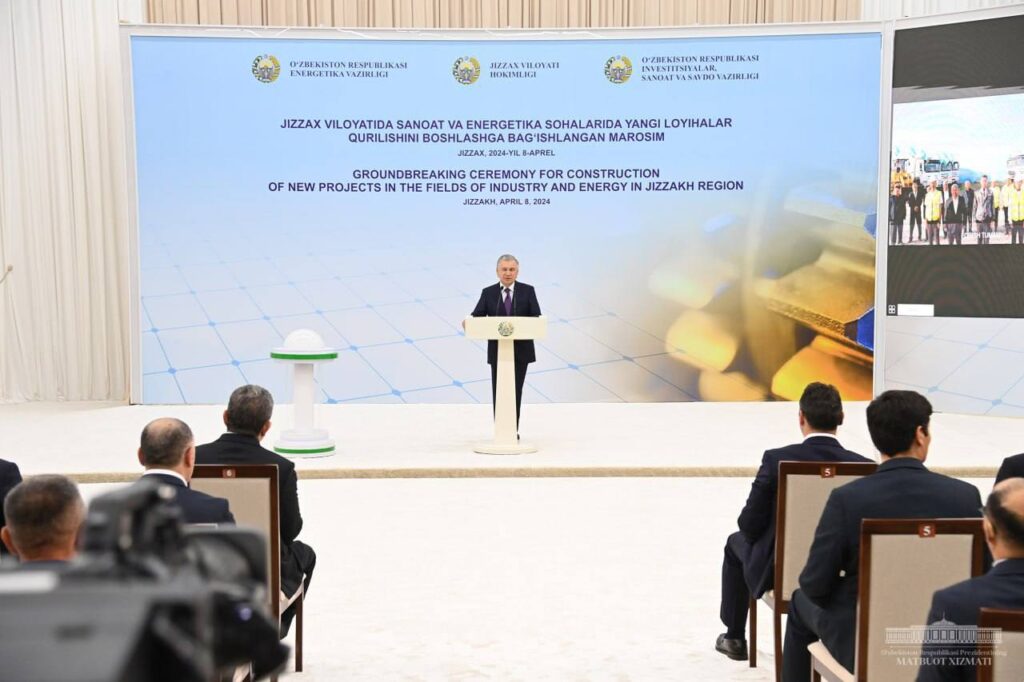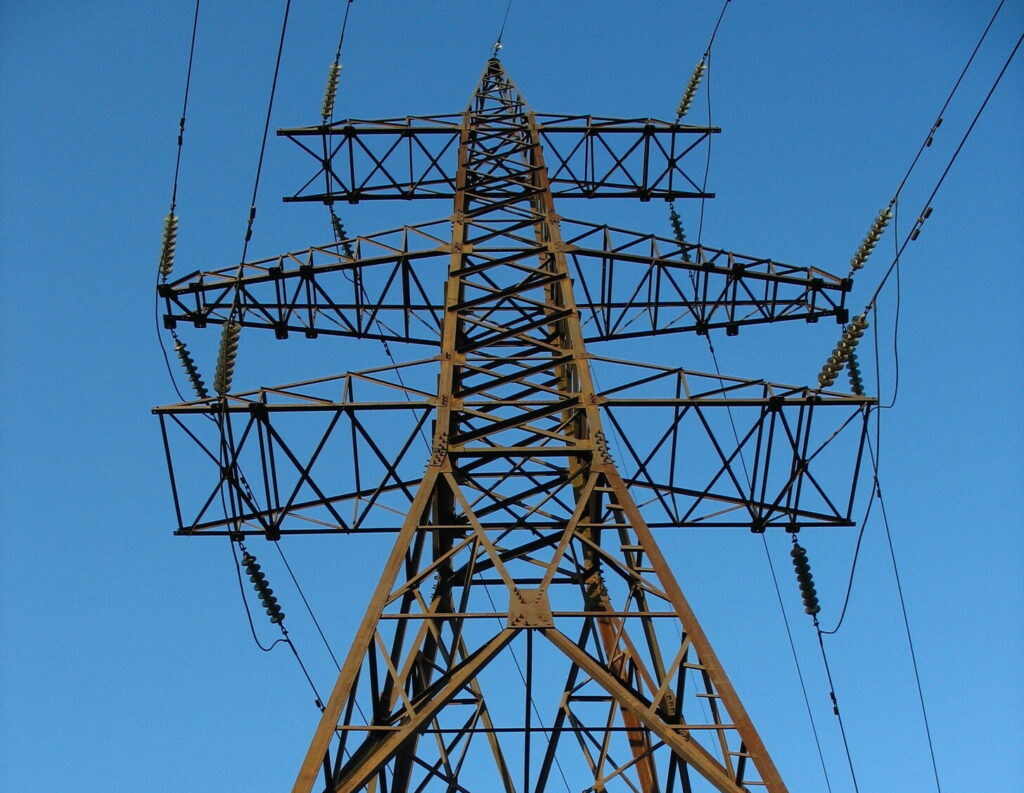A Model of Cooperation: Kyrgyzstan Selecting Dam Type for Kambarata-1 Hydropower Plant
On September 4, in Bishkek, Kyrgyzstan’s Cabinet of Ministers and the World Bank organized a roundtable on dam type selection for the country’s flagship Kambarata-1 Hydropower Plant (HPP). As the Kyrgyz Ministry of Energy reported, Swiss engineering company AFRY presented possible dam types for the flagship energy project at the meeting. A feasibility study will be prepared by May 2025 based on the type of dam chosen. According to Maksudjon Safarov, Senior Energy Specialist with the World Bank, the institution is financing comprehensive preparations for the Kambarata-1 HPP's construction. “The Swiss company AFRY is preparing the project’s feasibility study, with world-class experts involved in the work to ensure that the project is efficient, environmentally friendly, and sustainable," Safarov stated. The Kambarata-1 HPP will be situated in the upper reaches of the Naryn River in Kyrgyzstan. Its installed capacity will be 1,860 megawatts, with an average annual generation of 5.6 billion kilowatt-hours of electricity. The preliminary construction cost for the project is more than $4 billion. At the roundtable, Deputy Chairman of the Kyrgyz Cabinet of Ministers, Bakyt Torobayev, emphasized that time is critical in developing the Kambarata-1 HPP. “As part of the construction, trilateral agreements were signed between the Ministries of Energy of the Kyrgyz Republic, the Republic of Kazakhstan, and the Republic of Uzbekistan. This is a unique case when three countries in the region come to a common understanding and support for the project. We are confident that joint work will create a high-quality project to provide Central Asia with clean and renewable energy, improve water and energy resources, and strengthen regional cooperation." Kyrgyz Energy Minister Taalaibek Ibrayev noted significant progress in the ongoing preparations. “To date, several important works have already been completed. On August 30, the construction of a 1,388-meter transport tunnel was completed. Work is underway to build 15 km of concrete roads. We are working to provide electricity [for the future construction site], with 80% of overhead transmission lines now complete. Completion of a 110 kv power transmission line and a substation is scheduled for the end of 2024. Construction of a bridge across the Naryn River is underway, and at the same time, a workers' camp is being built. All work is going according to plan, and we are confident that all preparatory stages will be completed by next May,” the Minister stated. To support the project, a Donor Coordination Committee for constructing Kambarata-1 HPP was established at the Kyrgyz Republic International Energy Investment Forum, held in Vienna on June 10, 2024. The Committee comprises major international financial institutions and development partners, including the World Bank, the OPEC Fund, the Asian Development Bank, the Asian Infrastructure Investment Bank, the Islamic Development Bank, and the European Bank for Reconstruction and Development.



